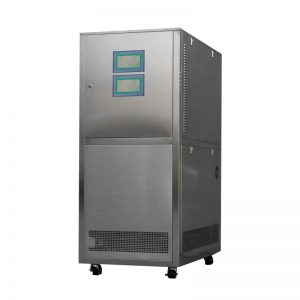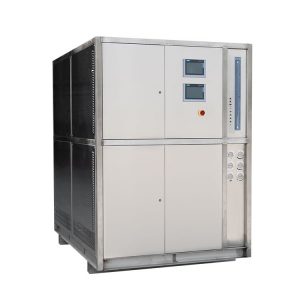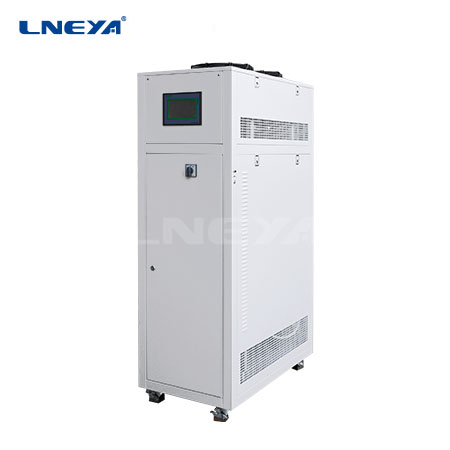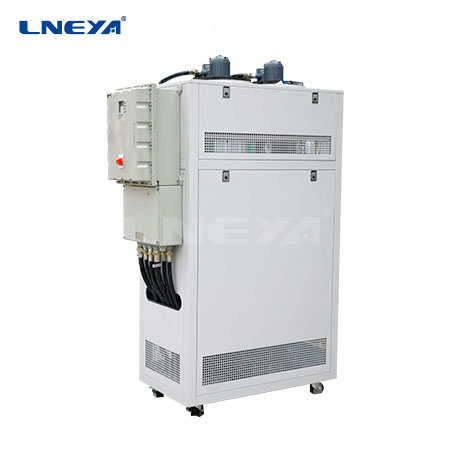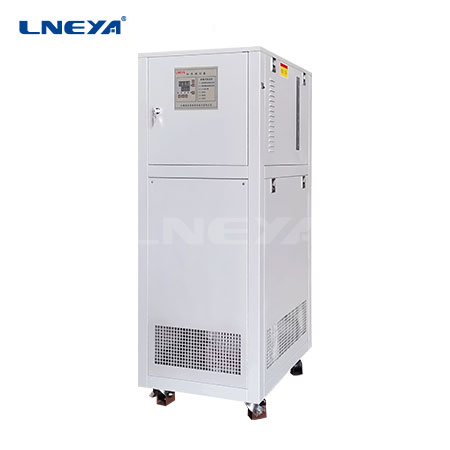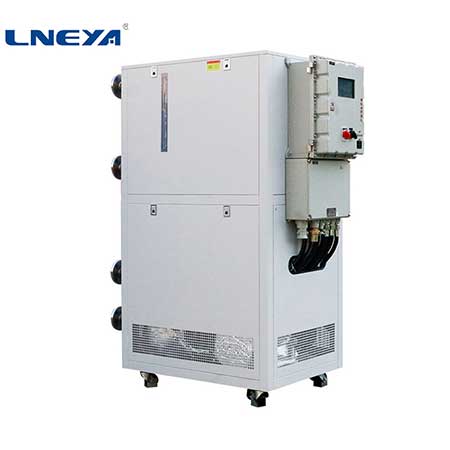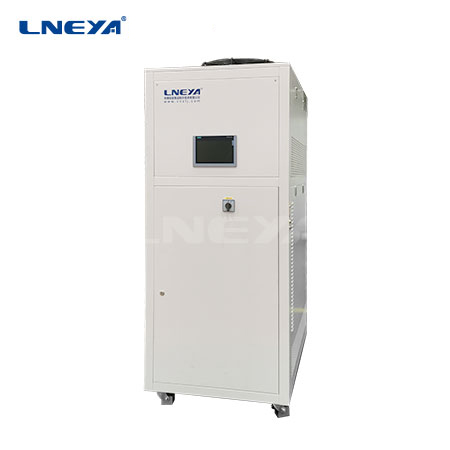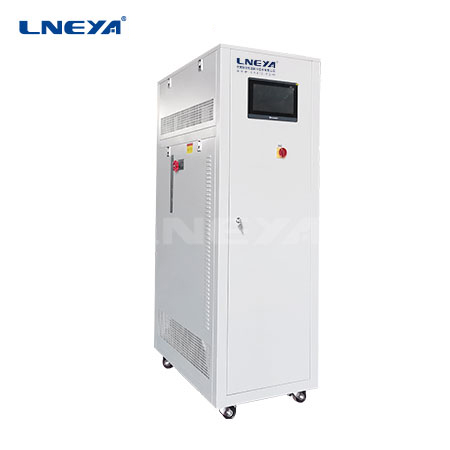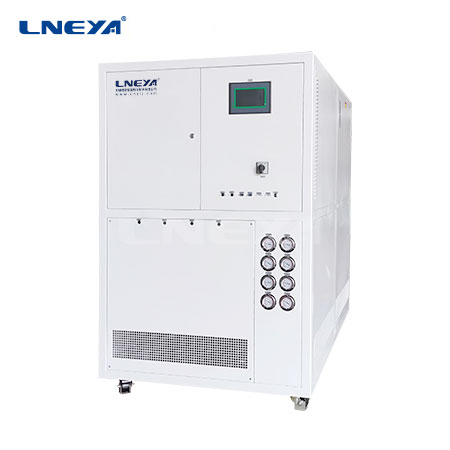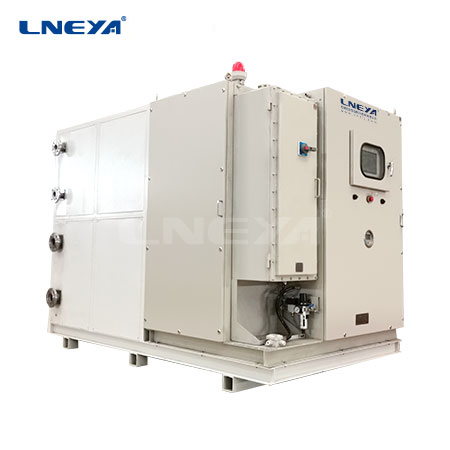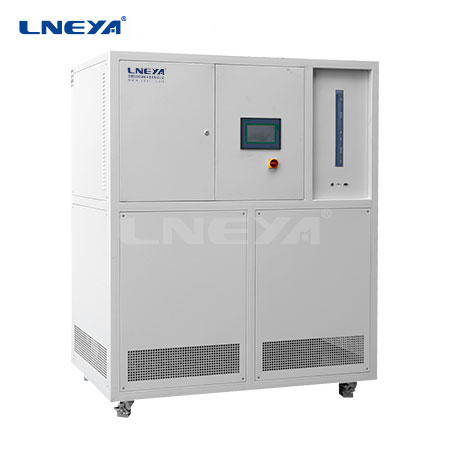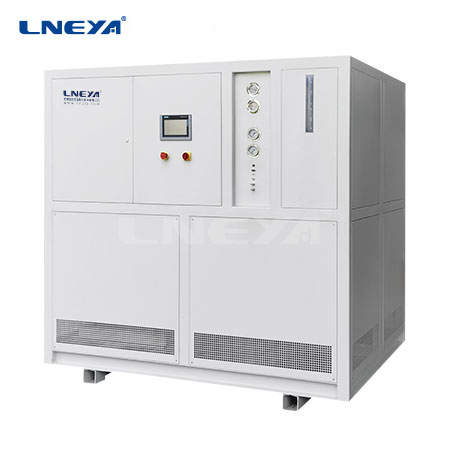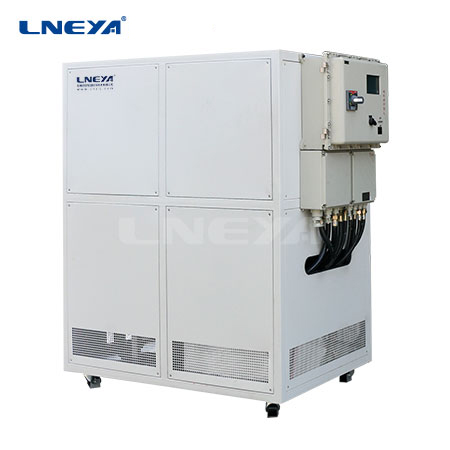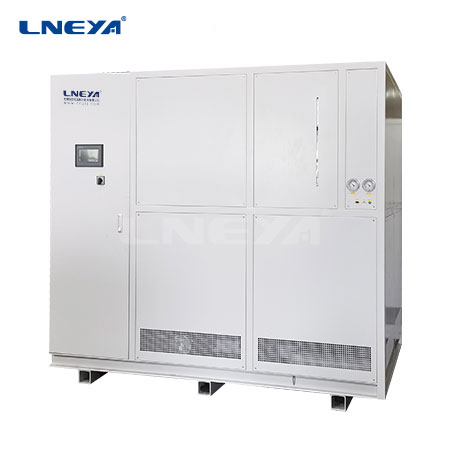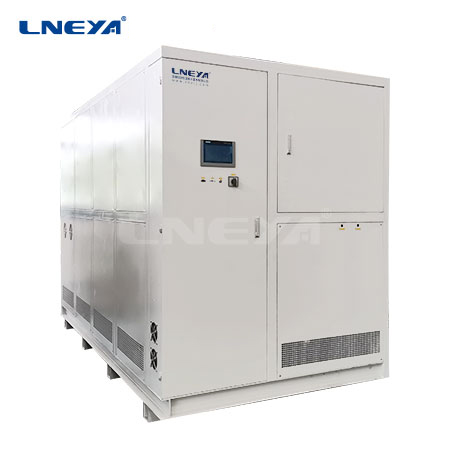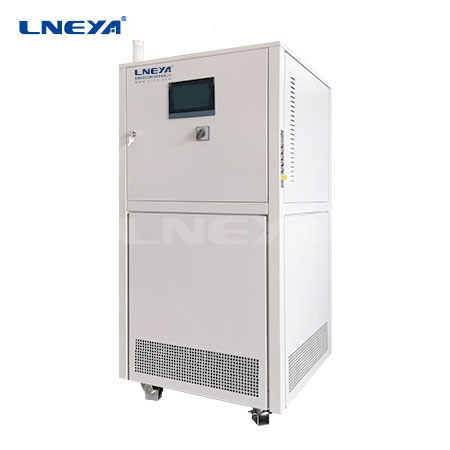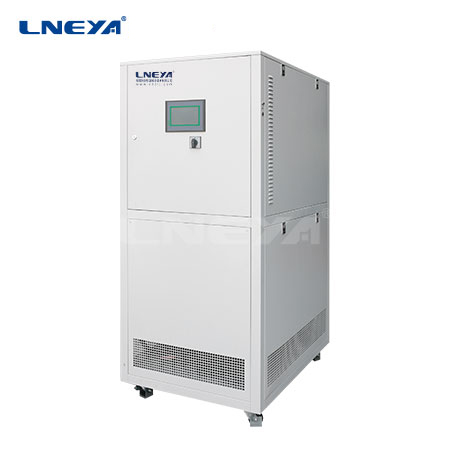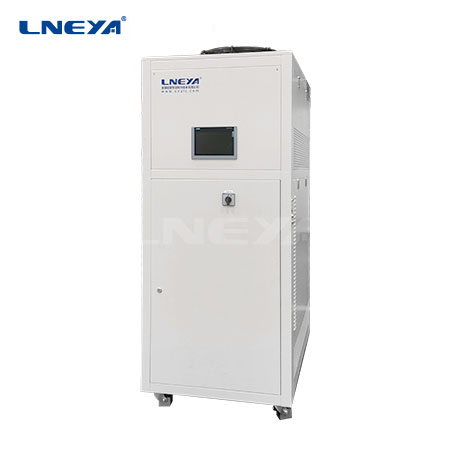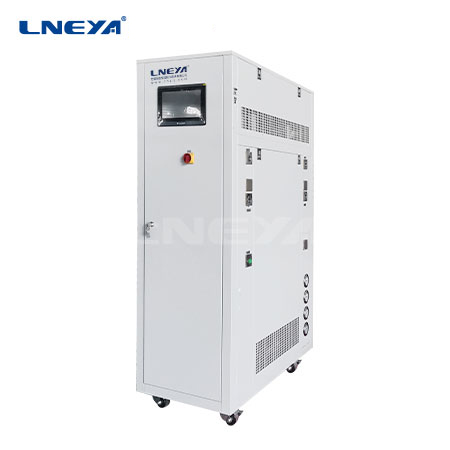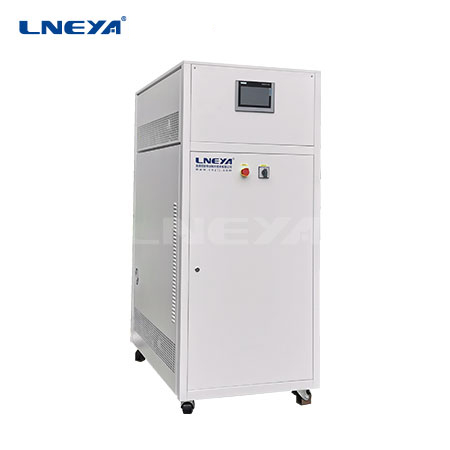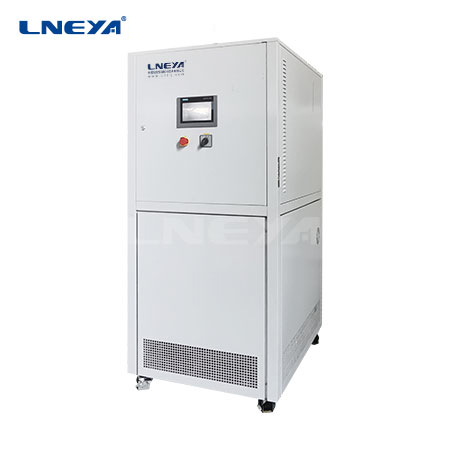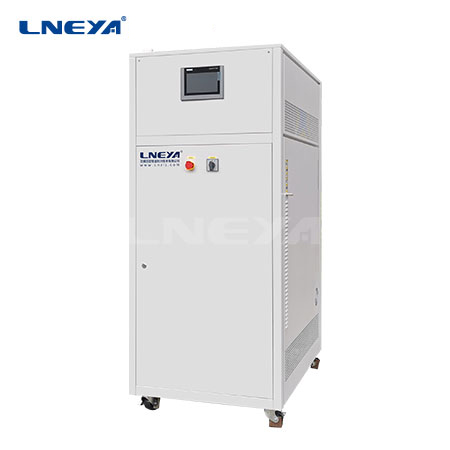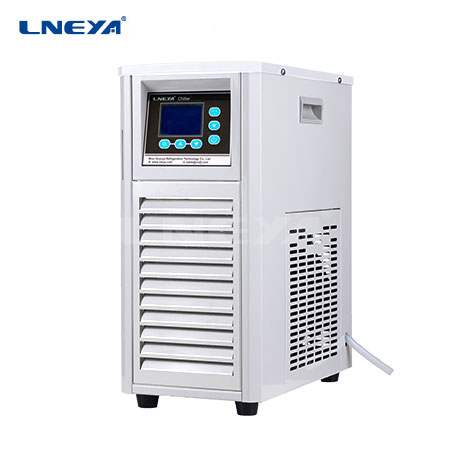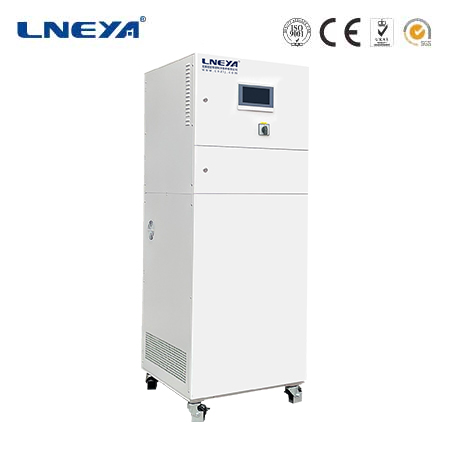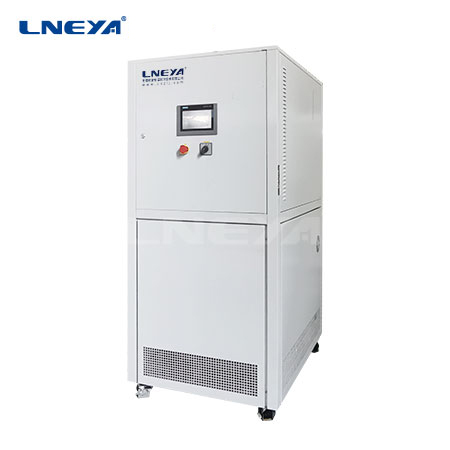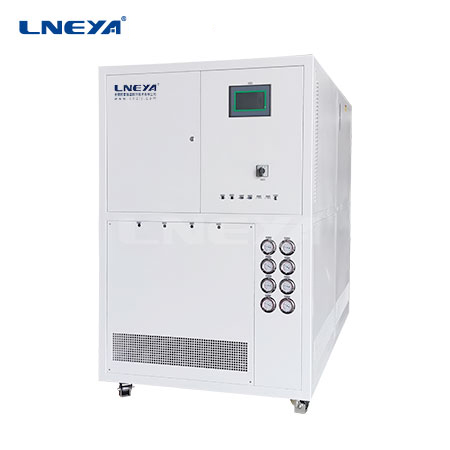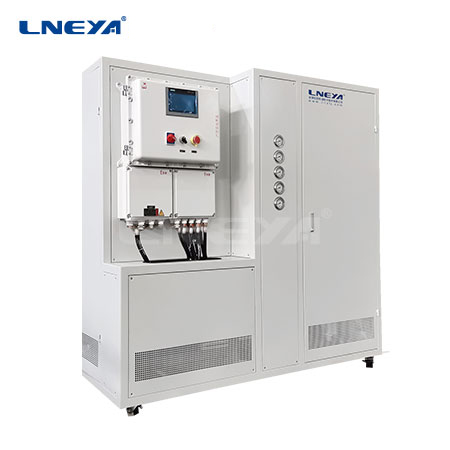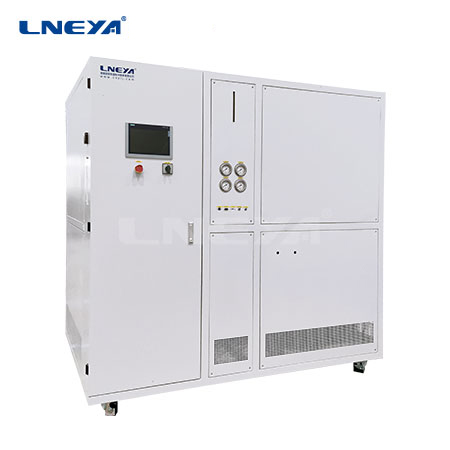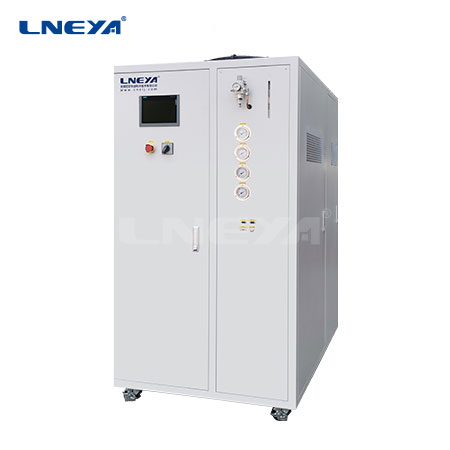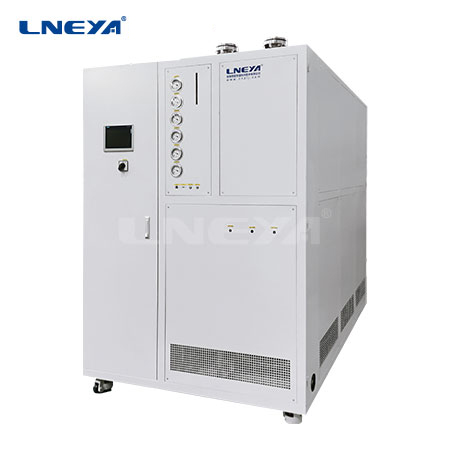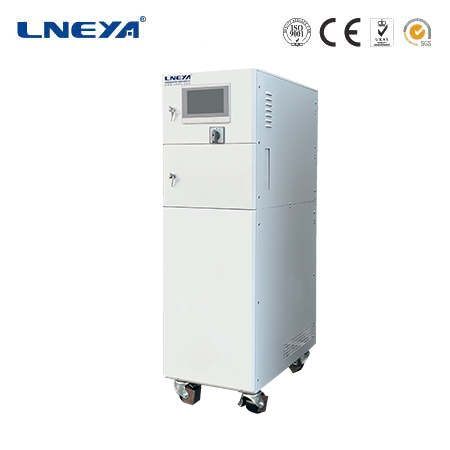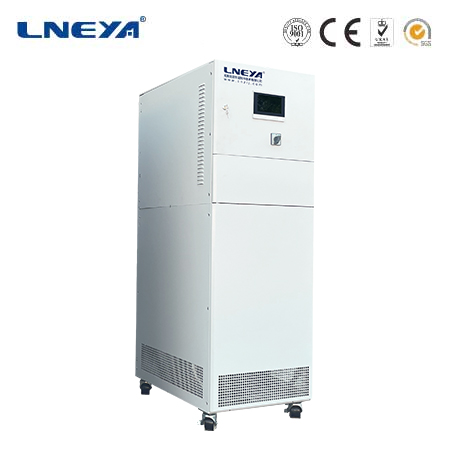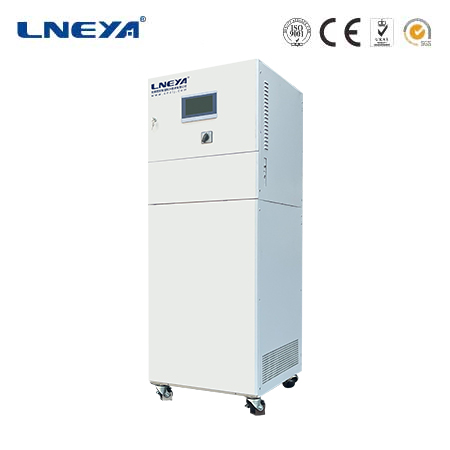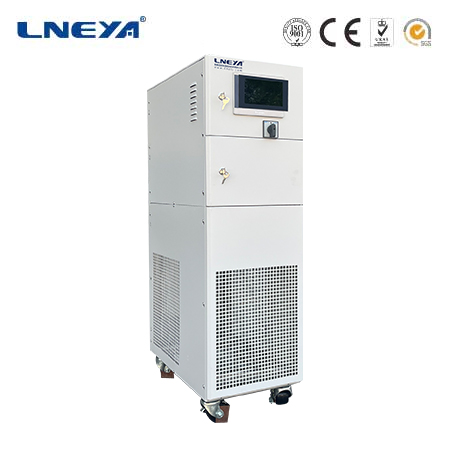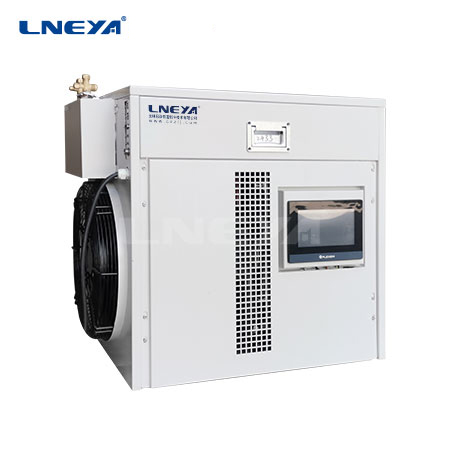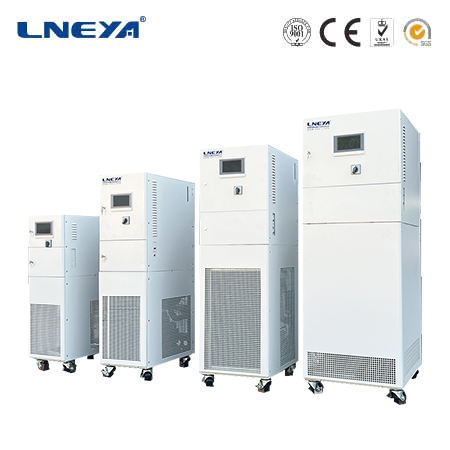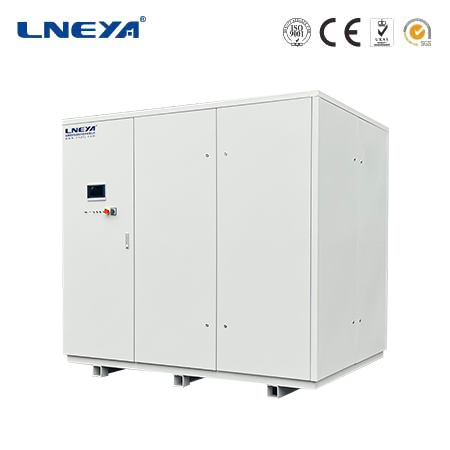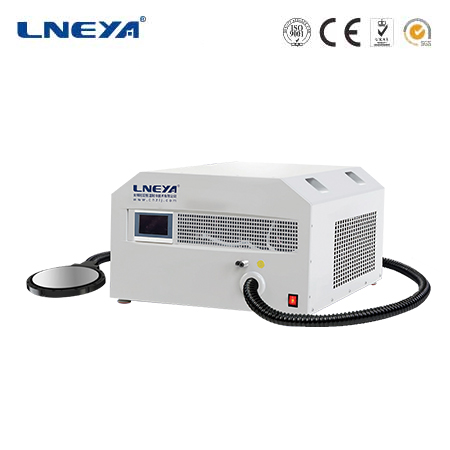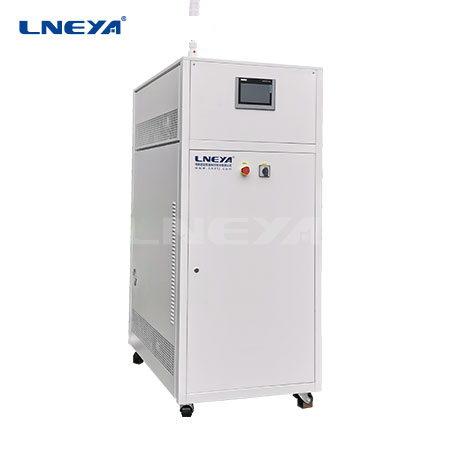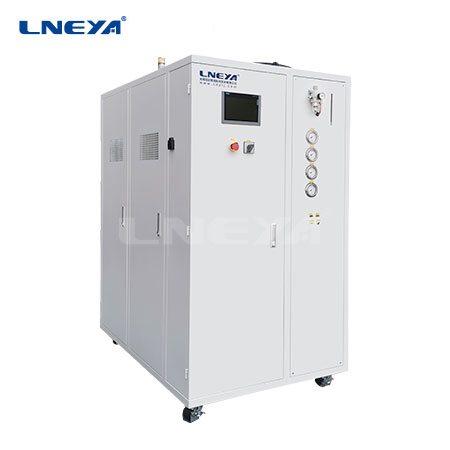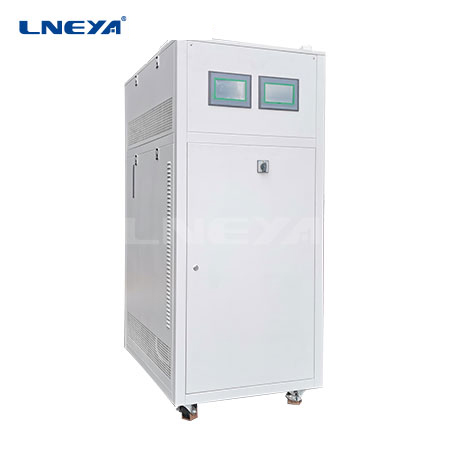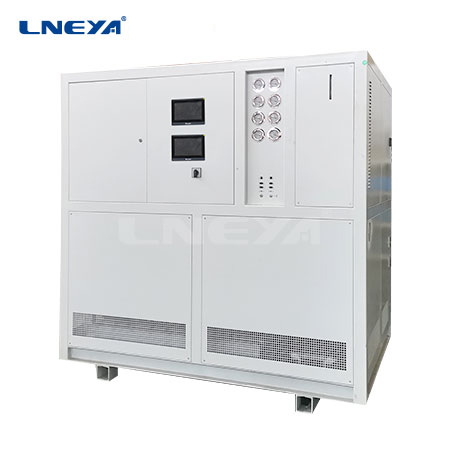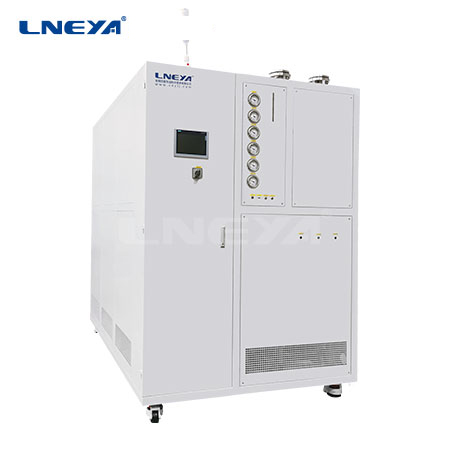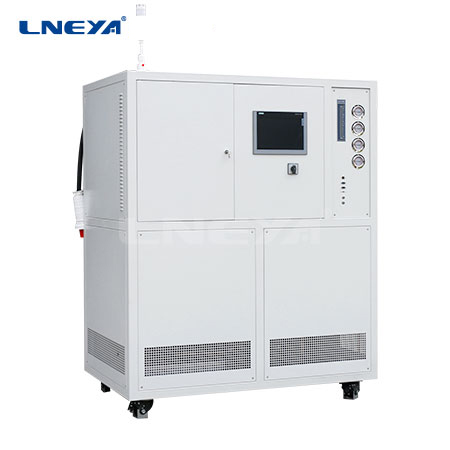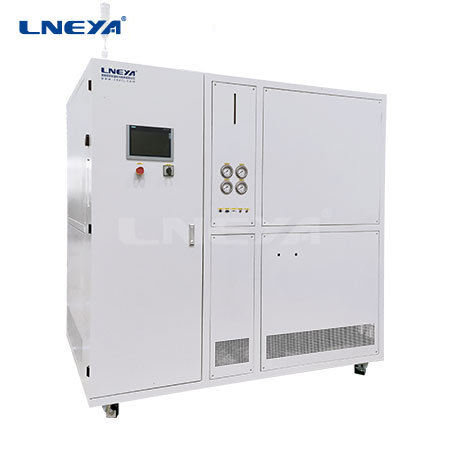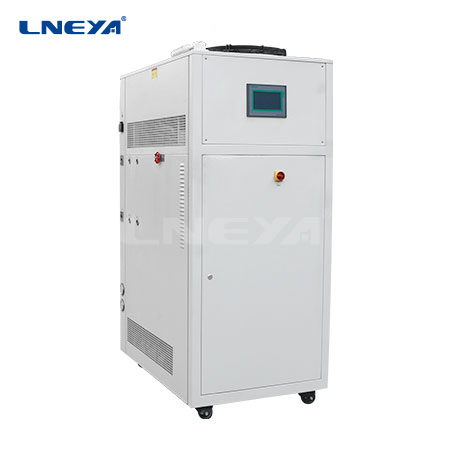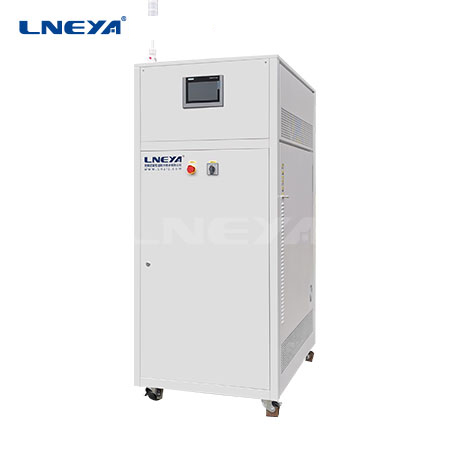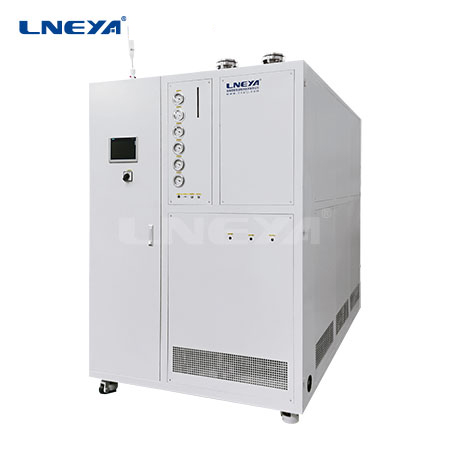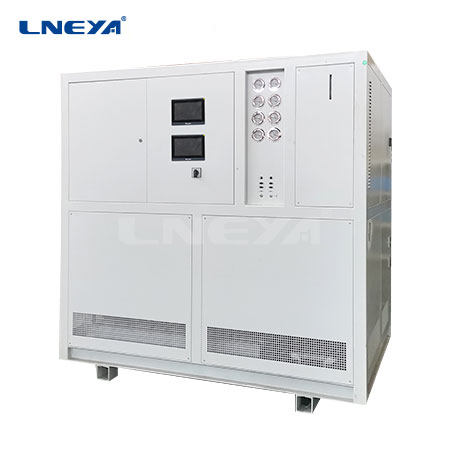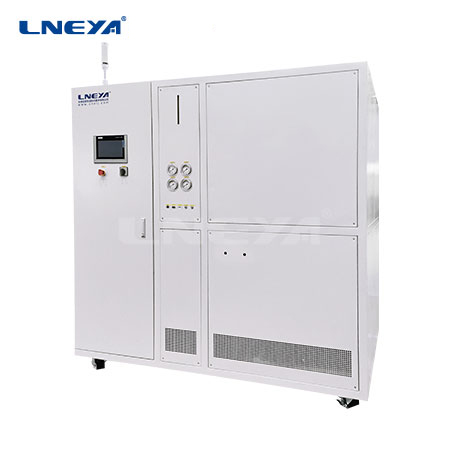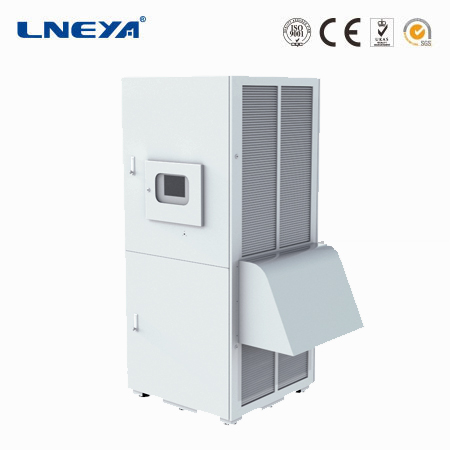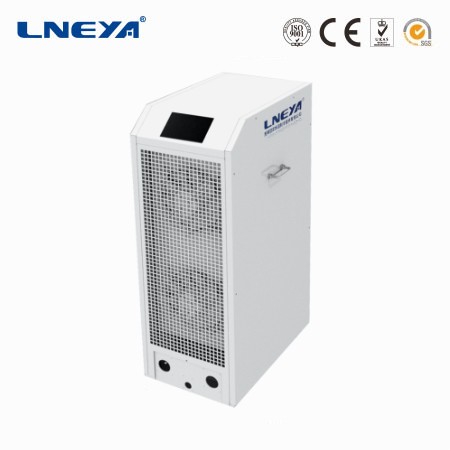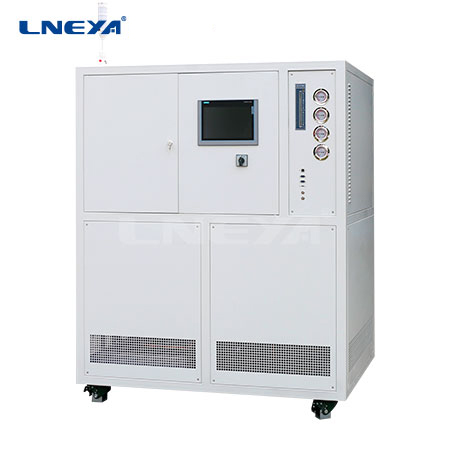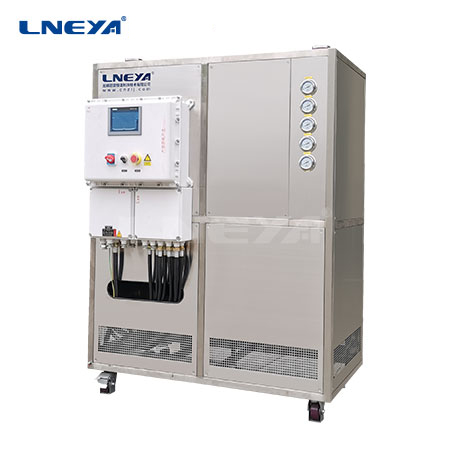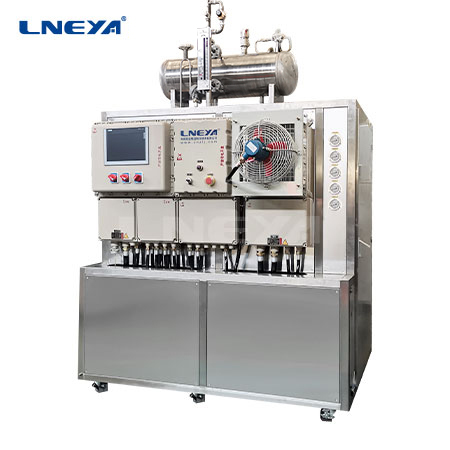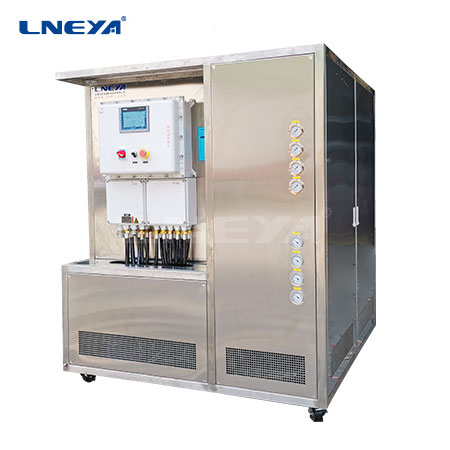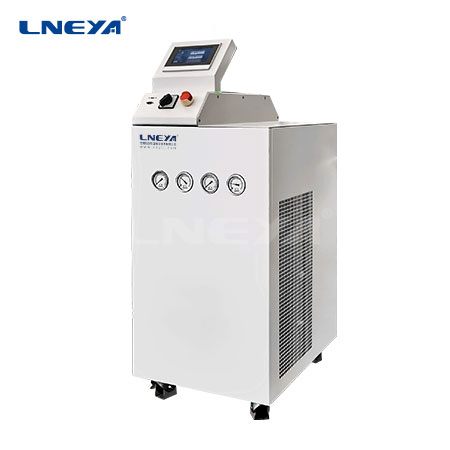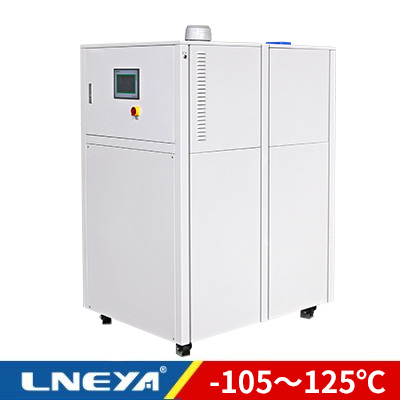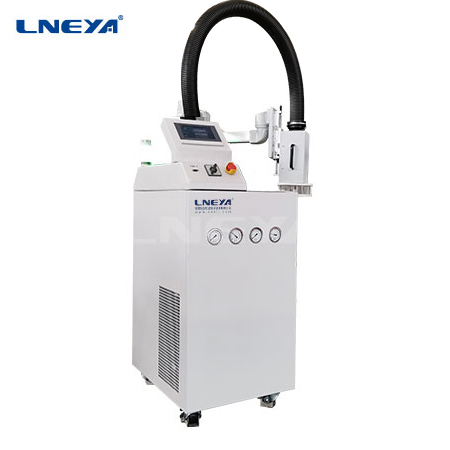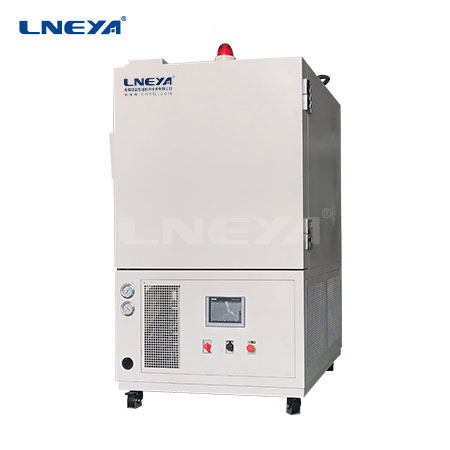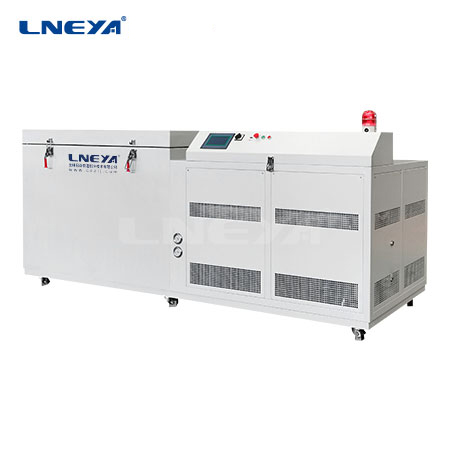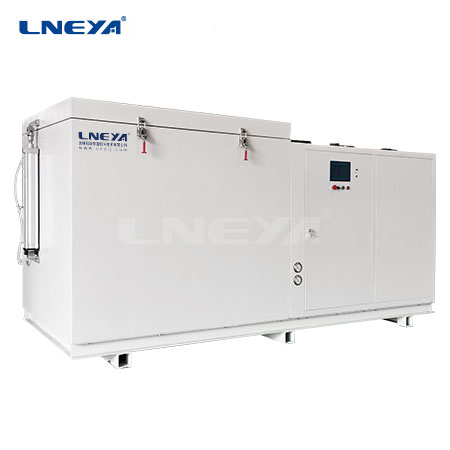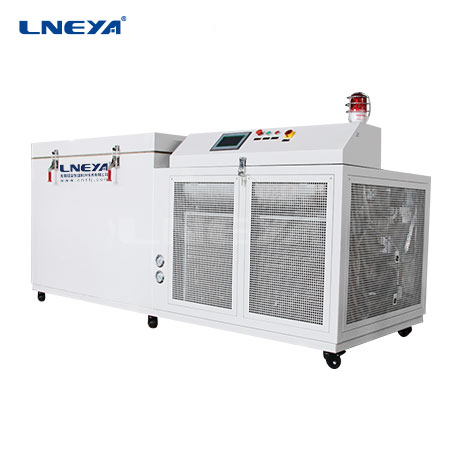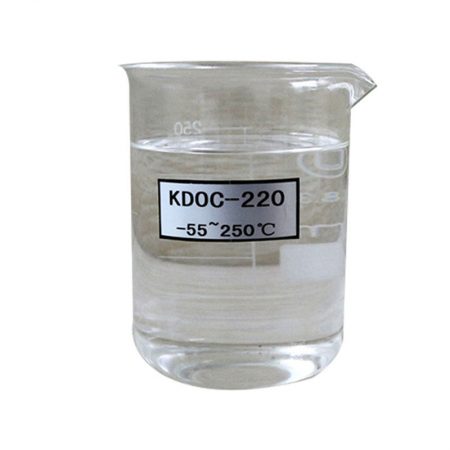Precautions for the Operation of Ethylene Glycol Ultra-low Temperature Chiller at Minus 30 Degrees
Minus 30 degrees ethylene glycol ultra-low temperature chiller is more equipment used in the pharmaceutical and chemical industries. When using it, you need to pay attention to its operating specifications. Improper use will result in a shortened lifespan of the device.

Refrigerant leakage will not only affect the cooling efficiency of minus 30 degrees ethylene glycol ultra-low temperature chiller, but also affect the health of personnel entering and leaving the computer room due to refrigerant leakage, so the problem of refrigerant leakage must be solved.
Under normal circumstances, the refrigerant is not a consumable. If it is frequently or suddenly reduced, it is recommended to check whether there is any leakage of the refrigerant of the ethylene glycol ultra-low temperature chiller at minus 30 degrees. If there is a leakage problem, find the leak point in time and repair or replace the relevant refrigerant pipes and joints. Forced ventilation should also be provided if necessary.
Next is the load. The compressor must be used in conjunction with the machine including the condenser, evaporator, expansion valve, etc. in order to be able to cool properly. In addition, there are water pumps and water towers or air-cooled condensers, fan systems, etc. that are compatible with each other. If the load on the chiller exceeds the standard, not only is the compressor insufficient, but all other components will be overstressed. A larger load or more than the rated load will lead to overload and produce more serious problems, such as reduced cooling efficiency, increased noise, increased vibration amplitude, excessive consumption of power resources, shortened life, etc.
It can be said that the parameters related to temperature and pressure are important parameters of minus 30 degrees ethylene glycol ultra-low temperature chiller.
We are a professional manufacturer of temperature control equipment, supporting customized services, please consult us for details!

Temperature Control Range: -150°C to +50°C

Dynamic Temperature Control Systems
Temperature Control Range: -120°C to +350°C

Temperature Control Range: -40°C to +100°C

Temperature Control Range: -85°C to +250°C

Temperature Control Range: -150°C to -10°C
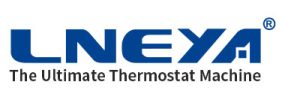 LNEYA
LNEYA
 简体中文
简体中文










